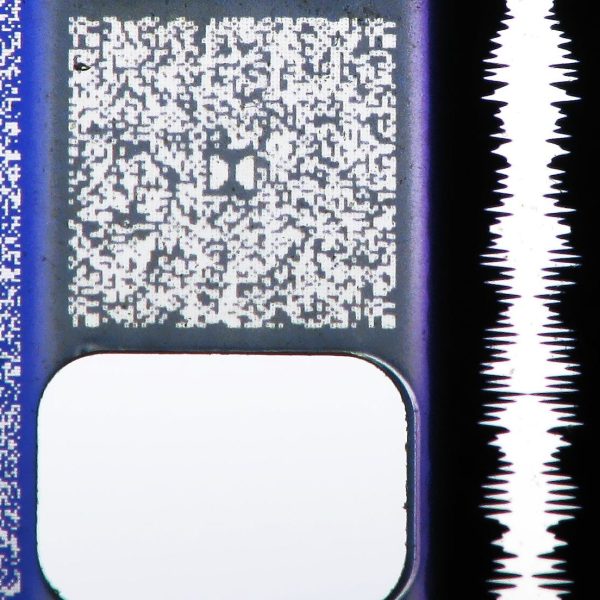Jack of all trades, master of none, as the saying goes, and that’s especially true for PCB prototyping tools. Sure, it’s possible to use a CNC router to mill out a PCB, and ditto for a fiber laser. But neither tool is perfect; the router creates a lot of dust and the fiberglass eats a lot of tools, while a laser is great for burning away copper but takes a long time to burn through all the substrate. So, why not put both tools to work?
Of course, this assumes you’re lucky enough to have both tools available, as [Mikey Sklar] does. He doesn’t call out which specific CNC router he has, but any desktop machine should probably do since all it’s doing is drilling any needed through-holes and hogging out the outline of the board, leaving bridges to keep the blanks connected, of course.
Once the milling operations are done, [Mikey] switches to his xTool F1 20W fiber laser. The blanks are placed on the laser’s bed, the CNC-drilled through holes are used as fiducials to align everything, and the laser gets busy. For the smallish boards [Mikey] used to demonstrate his method, it only took 90 seconds to cut the traces. He also used the laser to cut a solder paste stencil from thin brass shim stock in only a few minutes. The brief video below shows the whole process and the excellent results.
In a world where professionally made PCBs are just a few mouse clicks (and a week’s shipping) away, rolling your own boards seems to make little sense. But for the truly impatient, adding the machines to quickly and easily make your own PCBs just might be worth the cost. One thing’s for sure, though — the more we see what the current generation of desktop fiber lasers can accomplish, the more we feel like skipping a couple of mortgage payments to afford one.
Continue reading “CNC Router And Fiber Laser Bring The Best Of Both Worlds To PCB Prototyping”

















